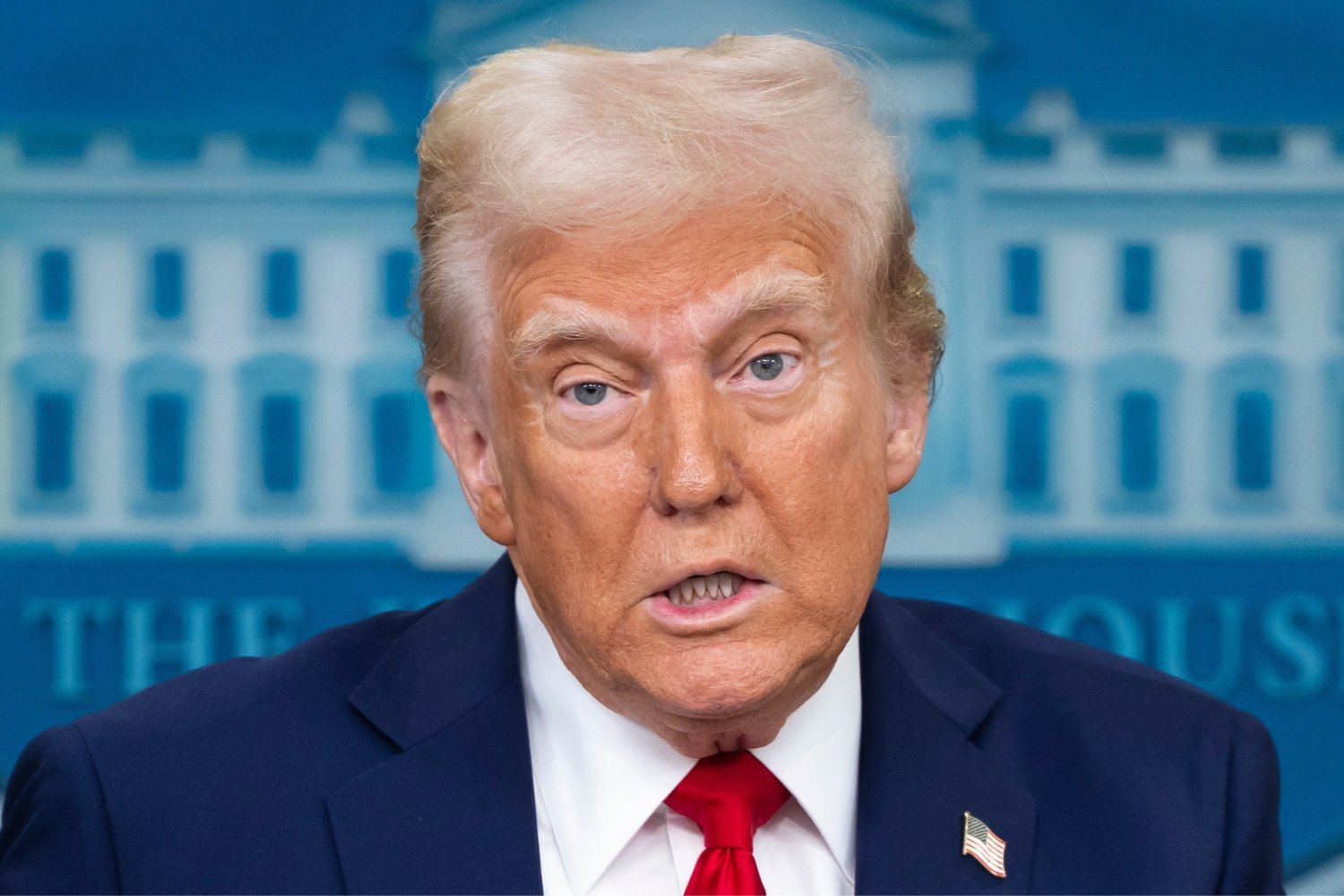
Trump’s Budget Proposal: A Sledgehammer to Science and Public Health?
The Trump administration has unveiled a budget proposal that is raising serious concerns among scientists, public health officials, and concerned citizens alike. This budget, presented as a set of proposed cuts, paints a picture of significantly diminished support for vital agencies like the National Institutes of Health (NIH) and the Centers for Disease Control and Prevention (CDC), while simultaneously prioritizing increased military spending. The potential ramifications of these cuts, if enacted, could be far-reaching and detrimental to the nation’s scientific progress, public health infrastructure, and overall well-being.
The proposal, often referred to as a "skinny" budget due to its lack of comprehensive coverage, calls for a substantial reduction of $163 billion in non-defense discretionary spending for the fiscal year 2026. This translates to a staggering 22% decrease from the current budget. Within this broader cut, specific agencies are targeted for particularly deep reductions. The NIH, a cornerstone of medical research, faces a potential $18 billion cut, representing approximately 40% of its current $47 billion budget. The CDC, responsible for safeguarding public health and responding to disease outbreaks, could see its funding slashed by $4 billion, or roughly 50%. The National Science Foundation (NSF), which supports critical research across a wide range of scientific disciplines, is also in line for a significant reduction of $4 billion, equating to a 55% cut.
Beyond these numerical reductions, the proposal also suggests the elimination of entire divisions within these agencies, purportedly as part of a reorganization effort. Of particular concern is the potential dismantling of divisions dedicated to addressing mental health issues and gun violence prevention, areas that require sustained attention and resources to effectively address. In stark contrast to these proposed cuts in science and public health, the administration is advocating for a 13% increase in military spending, bringing it to a staggering $1.01 trillion. This prioritization of military spending over investments in science and public health raises questions about the administration’s priorities and its understanding of the long-term implications for national security and societal well-being.
While such "skinny" budgets are often viewed as symbolic gestures, serving as a starting point for negotiations with Congress, there is a growing concern that this time might be different. With Republicans currently controlling both houses of Congress, there is a greater likelihood that at least some of these proposed cuts could be enacted. Furthermore, the Trump White House has already demonstrated a willingness to circumvent established budgetary procedures by attempting to unilaterally slash funding earmarked by previous budgets, suggesting a determined effort to reshape the federal government’s priorities.
The potential consequences of these cuts are dire. The NIH has a long and distinguished track record of driving medical breakthroughs and improving public health. Its research has played a crucial role in the development of countless life-saving drugs and treatments. A 2018 study revealed that NIH-funded research contributed to the development of every single new drug approved in the United States between 2010 and 2016. Furthermore, a 2023 study found that the NIH invested just as much per drug as the pharmaceutical industry on treatments approved between 2010 and 2019. Critically, much of this NIH-funded research is considered basic research, the foundational scientific inquiry that leads to the discovery of potential new drugs and therapies. The development of GLP-1 drugs like Ozempic, for example, can be traced back to NIH-funded research.
The CDC serves as the backbone of the nation’s public health system, providing crucial support to state and local health departments across the country. These departments rely on the CDC for comprehensive lab testing, disease surveillance, and other essential resources that they lack the capacity to provide on their own. The CDC plays a critical role in preventing and controlling infectious diseases, responding to public health emergencies, and promoting healthy lifestyles. The agency’s work extends to seemingly mundane but vital areas, such as ensuring the safety of cruise ships by monitoring and preventing outbreaks of norovirus and other gastrointestinal illnesses. Shockingly, the Trump administration has already taken steps to dismantle this program, gutting the CDC’s entire full-time staff dedicated to cruise ship sanitation.
The proposed budget cuts also threaten to undermine progress made in combating deadly public health crises such as drug overdoses, HIV/AIDS, and tuberculosis. Reduced funding for research, prevention, and treatment programs could lead to a resurgence of these diseases and a significant increase in morbidity and mortality.
Adding to the skepticism surrounding the administration’s commitment to public health is the proposed allocation of $500 million for Make America Healthy Again (MAHA), a signature initiative championed by Health Secretary Robert F. Kennedy Jr. While ostensibly aimed at addressing the root causes of chronic disease, this initiative is viewed with suspicion given Kennedy’s track record of overseeing massive funding and job cuts throughout the Department of Health and Human Services. Furthermore, Kennedy’s promotion of misinformation about vaccine safety and his embrace of conspiracy theories, such as the belief in chemtrails, raise serious questions about his qualifications to lead a public health agency.
The Trump administration’s proposed budget cuts represent a significant threat to the nation’s scientific enterprise, public health infrastructure, and overall well-being. The potential consequences of these cuts are far-reaching and could have devastating effects on research, disease prevention, and the health of the American people. From the safety of our milk supply to the availability of vaccines that prevent the resurgence of eradicated diseases, the Trump administration’s policies jeopardize the health and well-being of future generations. These cuts could unravel decades of progress in science and public health, leaving the nation vulnerable to future health crises and undermining our ability to compete in a global economy increasingly driven by scientific innovation. The long-term ramifications of this shortsighted approach will be felt for years to come.
